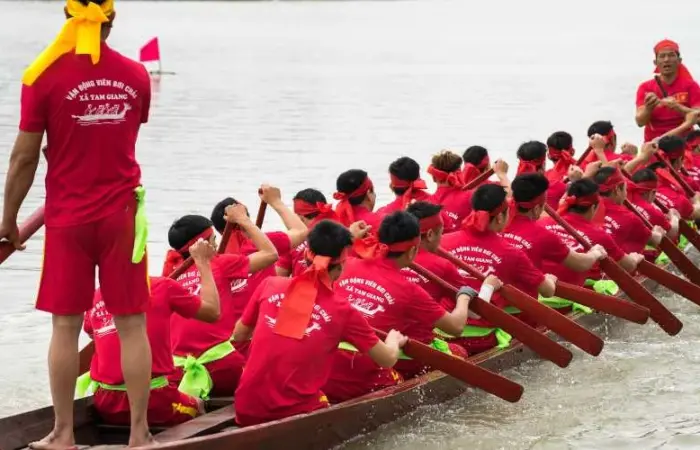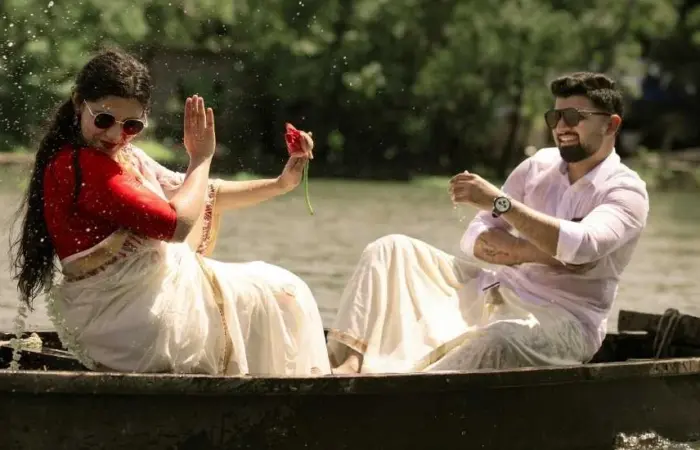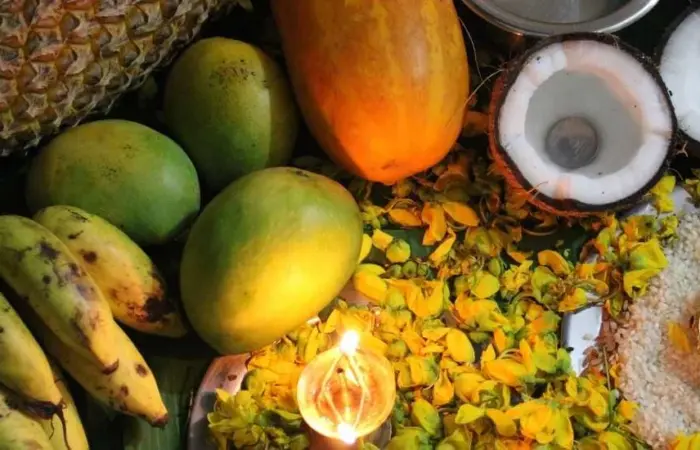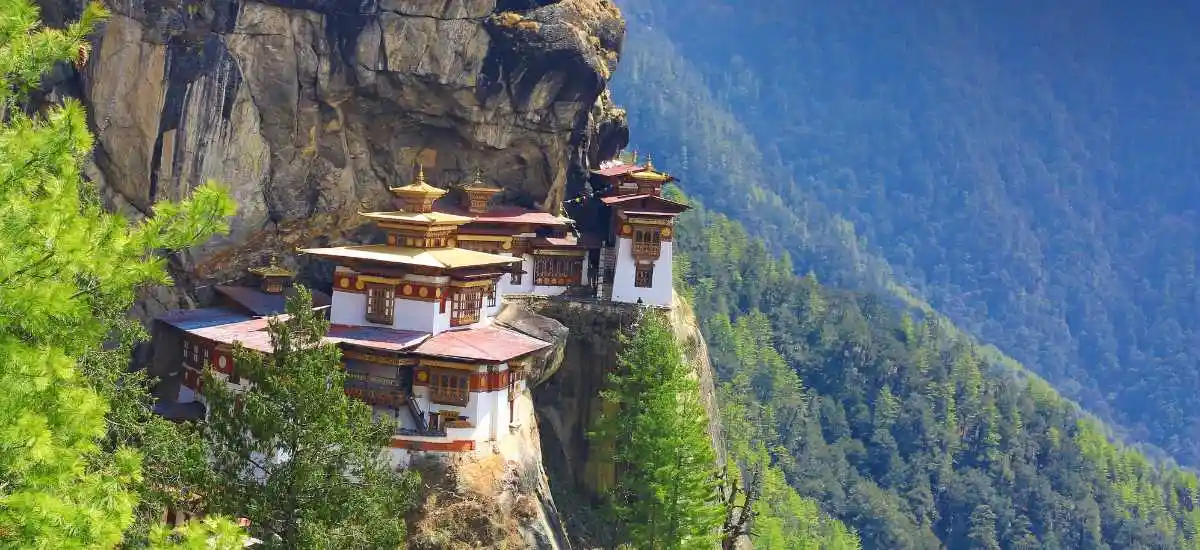
Bhutan is more than just a to-do itinerary. It is a place you feel, breathe, and carry back in memories stitched together by mountain winds, prayer flags, steaming bowls of chilli-cheese stews, and moments of deep stillness. Tucked between India and China, this Himalayan kingdom has long guarded its culture and traditions with quiet pride. No neon lights, no bustling malls, just valleys painted in green, dzongs glowing golden at dusk, and monasteries perched on cliffs where the clouds themselves pause to rest.
Travelling through Bhutan is like opening a handwoven fabric; each valley, each town, each village adds a new pattern of experiences. Below, we explore eight must-visit destinations that define the Bhutanese journey.
1. Thimphu – History, Hills, Harmony
 Unlike most mainstream capitals of different countries, Thimphu is somewhat calmer and slower. No traffic lights, no overwhelming skyscrapers, just a blend of tradition and modernity balanced in harmony. The valley hums with monks chanting, children playing in schoolyards, and locals strolling in the craft bazaar.
Unlike most mainstream capitals of different countries, Thimphu is somewhat calmer and slower. No traffic lights, no overwhelming skyscrapers, just a blend of tradition and modernity balanced in harmony. The valley hums with monks chanting, children playing in schoolyards, and locals strolling in the craft bazaar.
Things to tick off
Tashichho Dzong stands tall as both a government seat and a monastery, its whitewashed walls glowing warmly in the evening sun.
Buddha Dordenma, a giant golden statue overlooking the city, feels less like a monument and more like a guardian watching over the valley.
The Folk Heritage Museum is a glimpse into Bhutanese household life, featuring mud walls, bamboo roofs, and wooden tools that still echo in villages today.
2. Paro – Peaks, Past, Pilgrimage
 Paro is the bold thread running through it. It has an international airport, with vast green fields, willow trees by the river, and a skyline of snow-dusted peaks.
Paro is the bold thread running through it. It has an international airport, with vast green fields, willow trees by the river, and a skyline of snow-dusted peaks.
Things to tick off
Tiger’s Nest Monastery (Taktsang) is not just Bhutan’s postcard image; it’s a spiritual climb. Perched dramatically on a cliff, the trek takes a couple of hours, but each step feels like a slow unveiling of the sacred.
Paro Dzong, with its towering walls and intricate woodwork, glows at sunset as monks return from evening prayers.
The National Museum (Ta Dzong) preserves Bhutan’s story through paintings, masks, and cultural relics.
3. Punakha – Rivers, Roots, Radiance
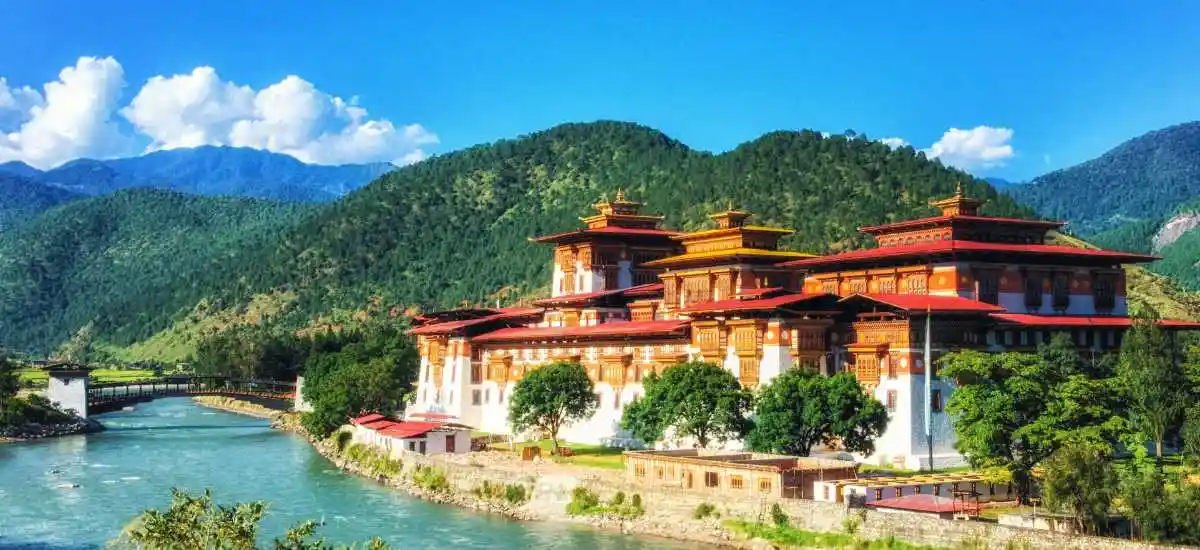
Warmer and greener than other regions, Punakha feels like a painting where rivers meet, jacaranda flowers bloom, and spirituality flows in the air.
Things to tick off
Punakha Dzong, sitting at the confluence of the Mo Chhu and Pho Chhu rivers, is perhaps the most breathtaking dzong in the country. In spring, purple blossoms frame its white walls, and reflections shimmer in the water.
The Punakha Suspension Bridge, swaying gently over turquoise waters, is an adventure in itself.
Chimi Lhakhang, the temple of fertility, sits on a hillock surrounded by golden fields. Its walls, painted with unusual symbols, remind you that Bhutan has its own sense of humour.
4. Phobjikha Valley – Cranes, Calm, Countryside
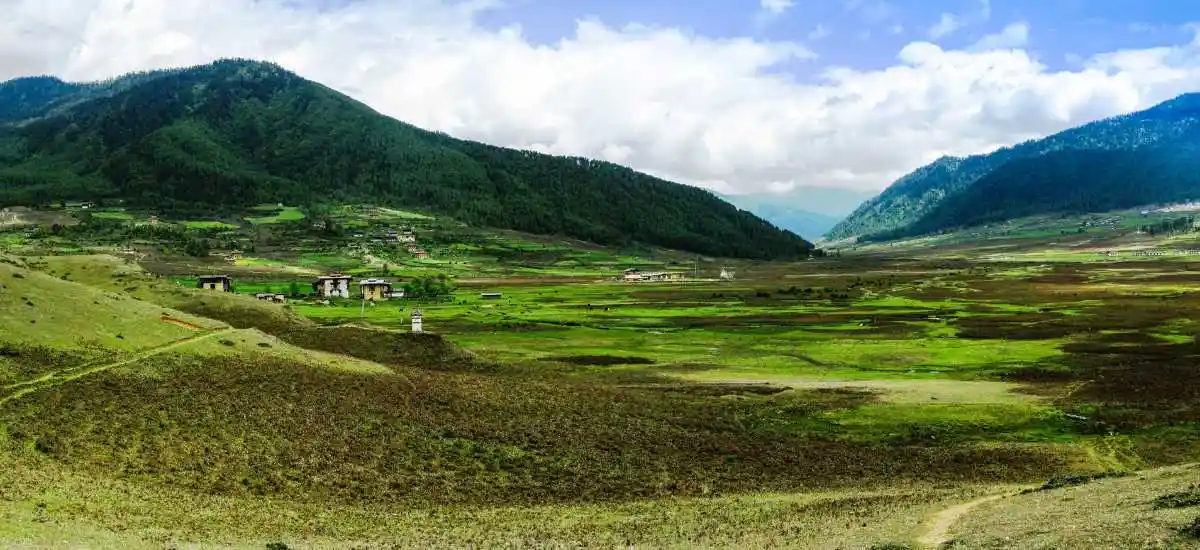
Phobjikha is a valley filled with glaciers. In winter, the famous black-necked cranes migrate here from the neighbouring country of Tibet, filling the sky with arcs and synchronised bird flocks. The locals celebrate their arrival with joy, for the cranes are more than birds; they are symbols of good fortune.
Things to tick off
Gangtey Monastery, standing atop a hill, offers panoramic views of the entire valley.
Walk the Nature Trails, paths through pine forests where you may encounter villagers tending to their fields.
If you visit in November, the Crane Festival fills the valley with songs, dances, and community warmth.
5. Bumthang – Spiritual, Serene, Scenic
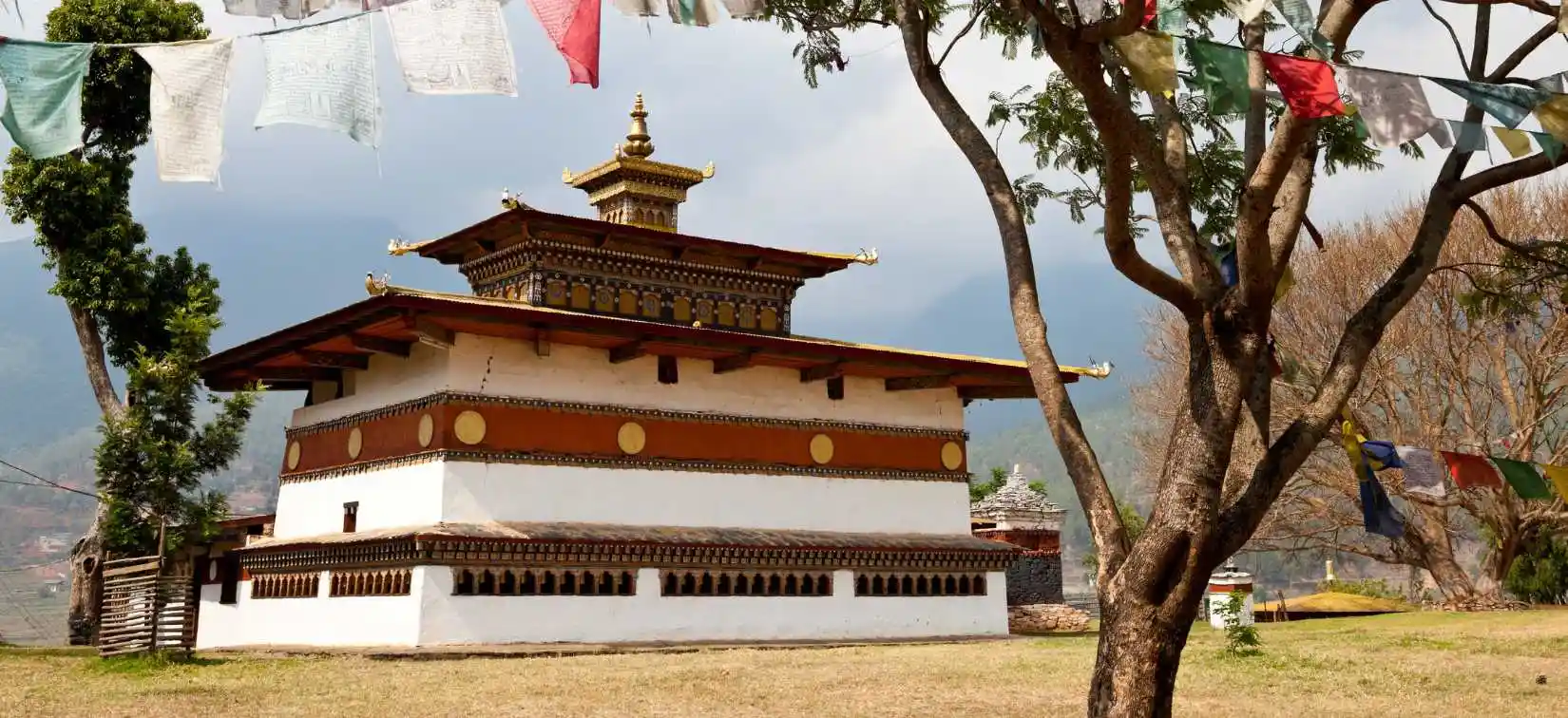
Bumthang is called the “spiritual heart” of Bhutan. It is a land of rolling valleys, monasteries older than memory, and apple orchards heavy with fruit. The air feels different here, calmer, almost reverent.
Things to tick off
The “Castle of the White Bird,” Jakar Dzong, is a surreal majesty overlooking the valley.
Kurjeuy Lhakhang, one of Bhutan’s most sacred monasteries, is believed to hold Guru Rinpoche’s imprint.
Tamshing Lhakhang preserves centuries-old wall paintings that tell stories of Buddhist philosophy.
6. Haa Valley – Hidden, Humble, Himalayan
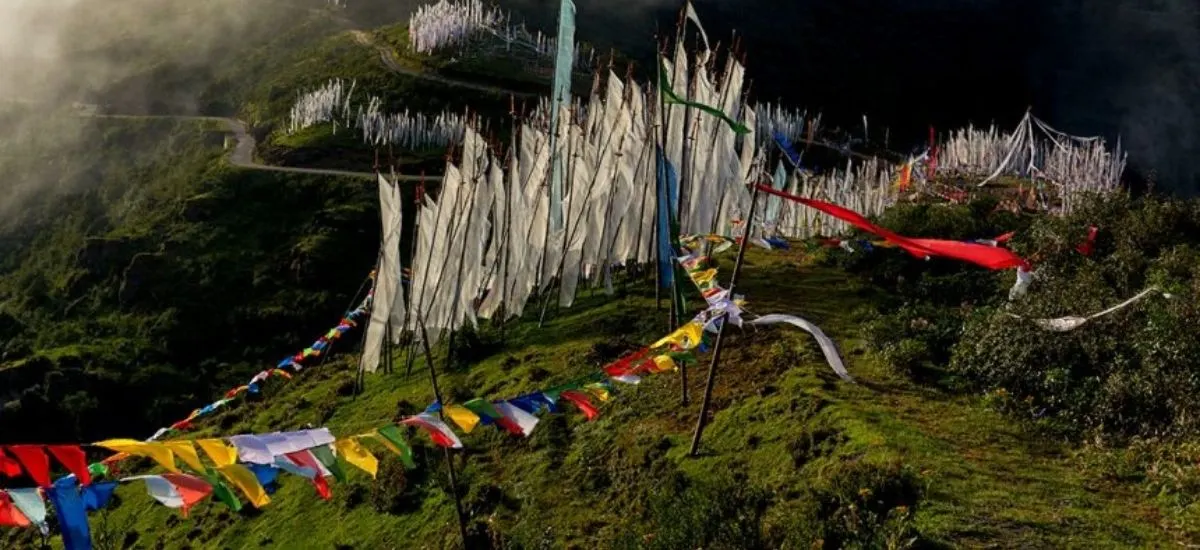
Often overlooked by travellers, the Haa Valley remains untouched and authentic.Expansive meadows, yaks grazing on slopes, and wooden farmhouses with smoke curling from chimneys; it is Bhutan in its purest form.
Things to tick off
Chele La Pass, Bhutan’s highest motorable road, offers views of snow-capped Mt. Jomolhari.
The pass itself is often fluttering with thousands of prayer flags.
Lhakhang Karpo and Nagpo, the White and Black temples, stand as quiet symbols of Bhutan’s faith.
If visiting in July, the Haa Summer Festival showcases yak herding traditions, folk songs, and archery competitions.
7. Trongsa – Heritage, Hills, History
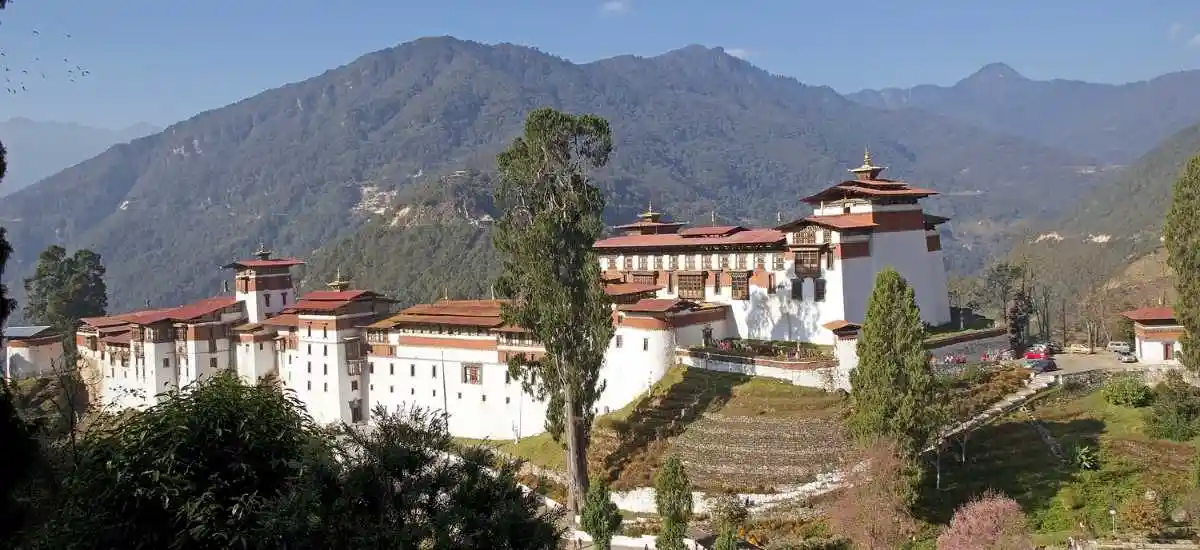
Halfway between west and east Bhutan lies Trongsa, a town perched on cliffs, looking down into deep valleys. It is here that Bhutan’s monarchy finds its roots.
Things to tick off
Trongsa Dzong, the largest fortress in Bhutan, stretches across the ridge like a white dragon. Its courtyards echo with centuries of stories.
Ta Dzong, once a watchtower, now serves as a museum narrating royal heritage.
8. Mongar & Trashigang – Remote, Rugged, Rich
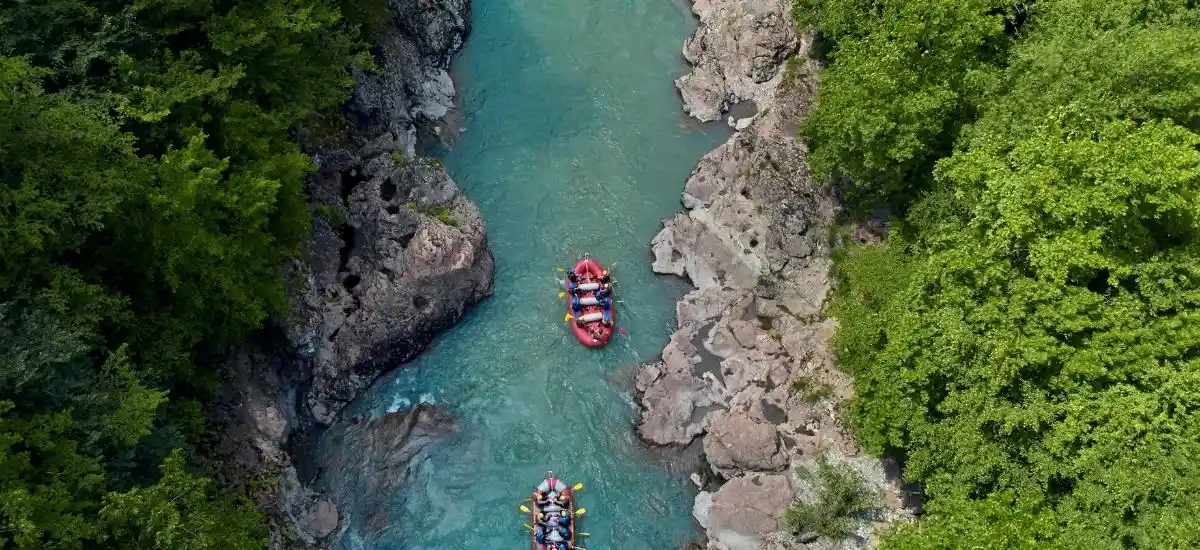
Far from the familiar trails of western Bhutan, Mongar and Trashigang introduce you to a raw, unpolished beauty. The east feels wilder, its mountains steeper, its people even warmer in their hospitality.
Things to tick off
Trashigang Dzong, perched high on cliffs, commands sweeping views of the Gamri River.
Drametse Monastery, famous for its mask dance, is now recognised by UNESCO.
In villages where weaving is an art form, you’ll find some of the most exquisite silk textiles.
9. Treks in Bhutan
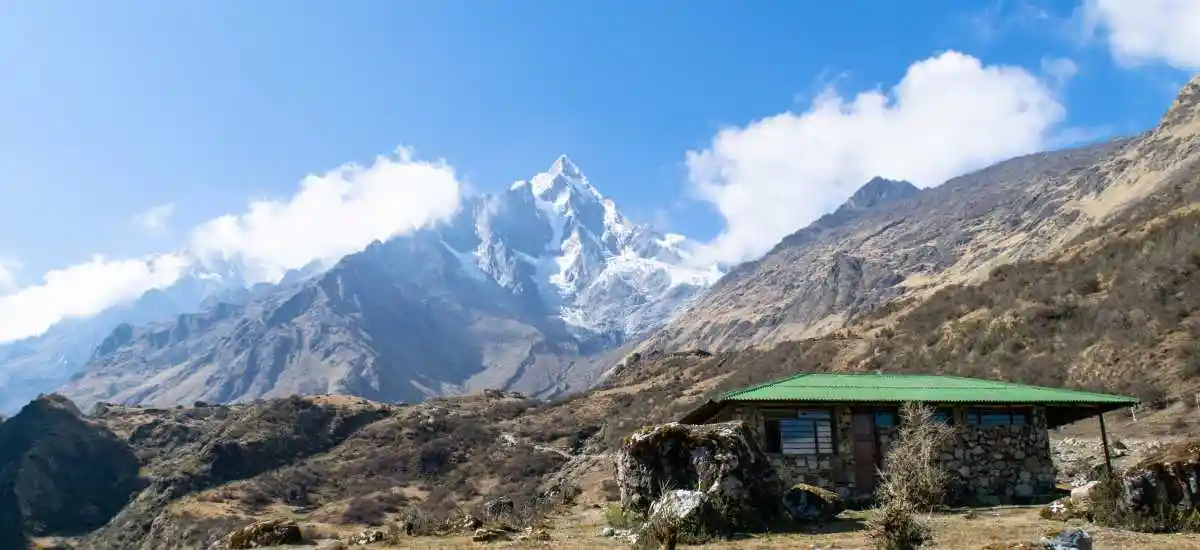
Bhutan, a country nestled within mountains, is a paradise for trekkers. It has paths/routes that go through forests, meadows, and high passes. The Druk Path Trek, from Paro to Thimphu, takes you past alpine lakes and rhododendron forests. The Laya Gasa Trek is longer and more challenging, taking you to remote nomadic villages. Each trek is an experience that transcends the physical and serves as a personal inward journey, one that is accompanied only by the silence between you, your soul, and the mountains.
Food and Flavours of Bhutan
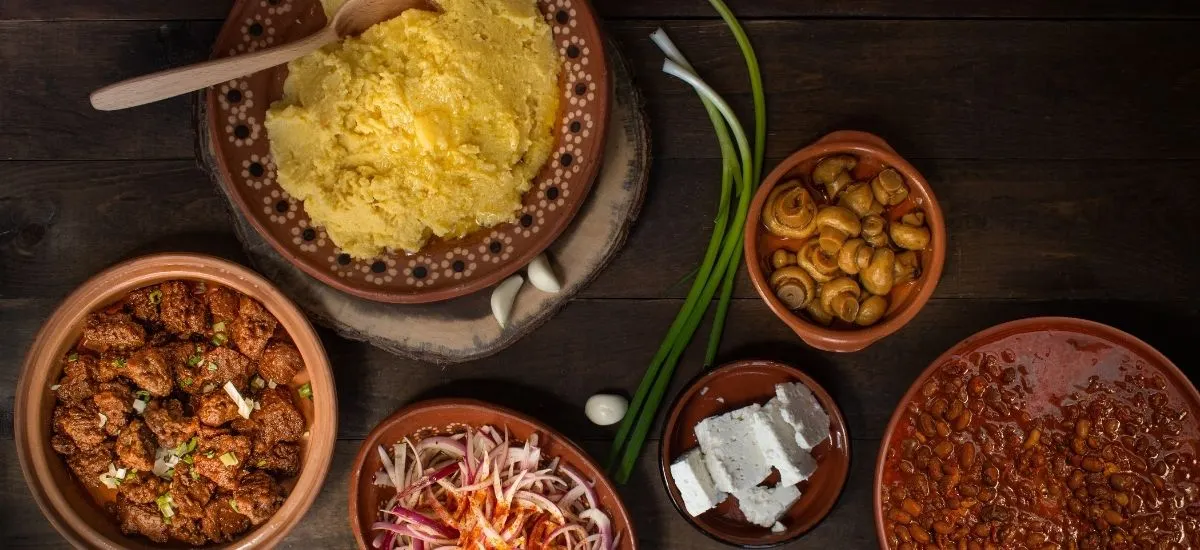
Thimphu is the perfect place to begin your food journey. Try Ema Datshi, the fiery chilli-cheese dish that defines Bhutanese cuisine. Sip on Suja, the salty butter tea that warms the bones in mountain chill. If you’re after a more robust option, try Phaksha Paa, a dish with pork and radish. In Paro, you can enjoy a hot stone bath experience and a plate of red rice, accompanied by a plate of Jasha Maroo (spicy chicken stew).
In Punakha, Hoentay, which are dumplings made from buckwheat flour filled with spinach and cheese, are served with aare ra (rice wine) in the mix. Phobjikha is known for its simplicity, buckwheat pancakes with honey served in homestays alongside herbal tea brewed with mountain herbs. Trongsa brings you the comforting kewa datshi (potatoes in cheese), a humble dish at a small café.
Conclusion
Bhutan is where butter tea warms your soul, monastery bells hum in the background, and the sight of prayer flags fluttering against snowy peaks stays etched in your heart. Bhutan is a trip to another country, to find yourself. It is as much of a journey inside as it is outside. You meet yourself through monasteries, people, food, and treks.


